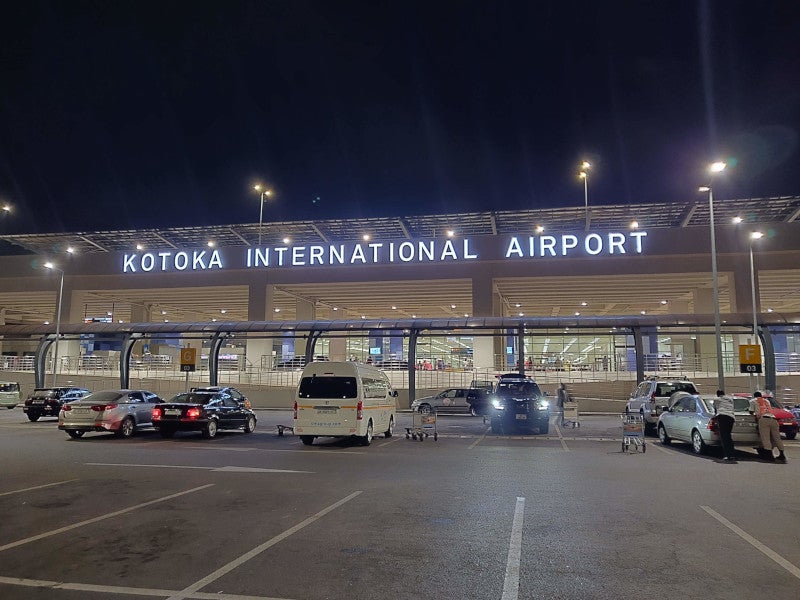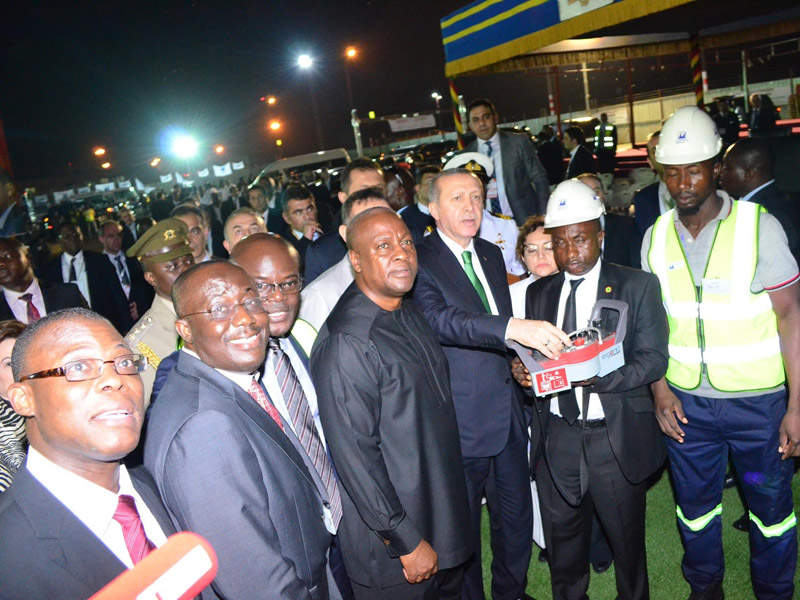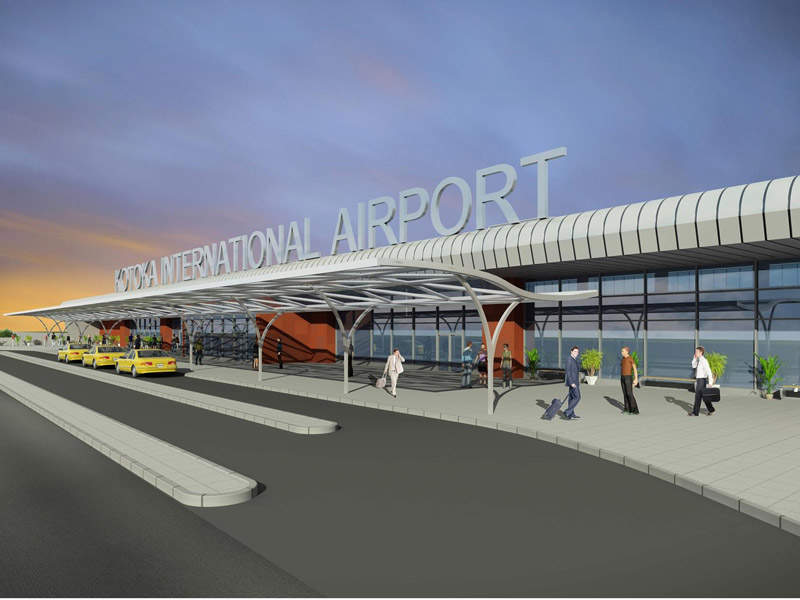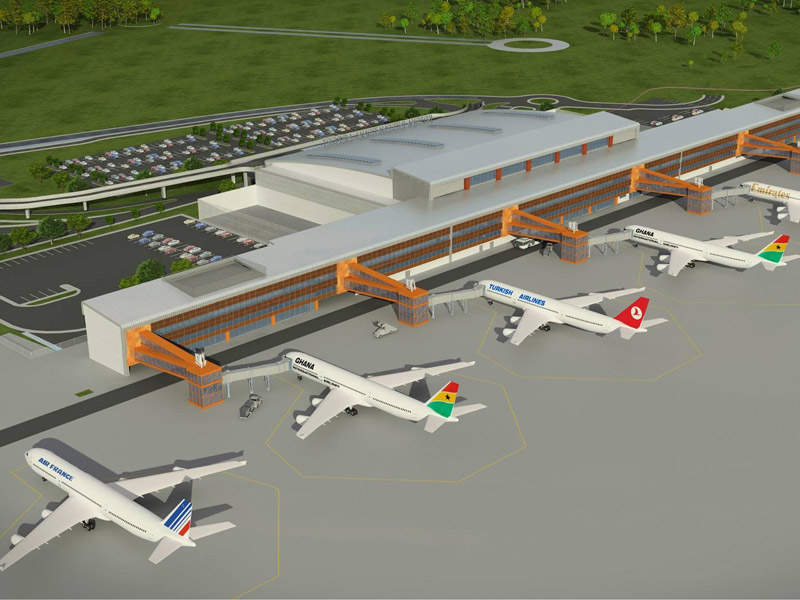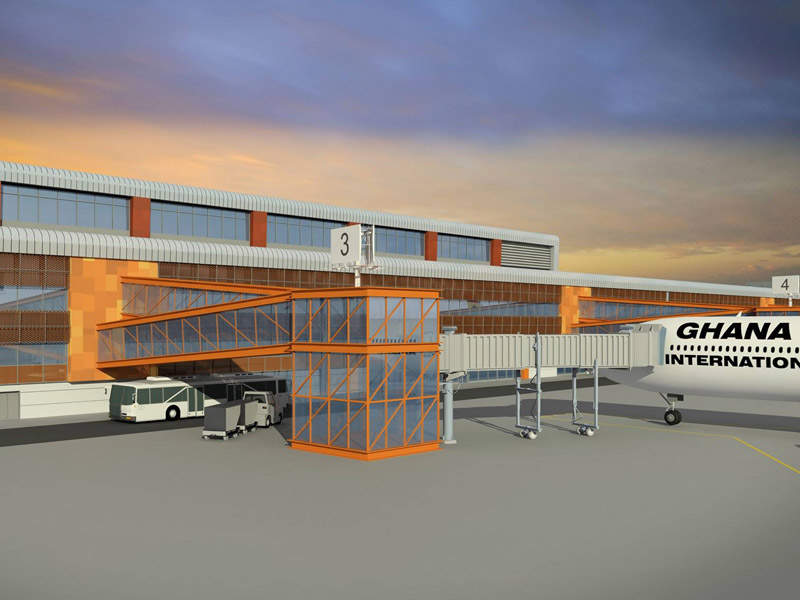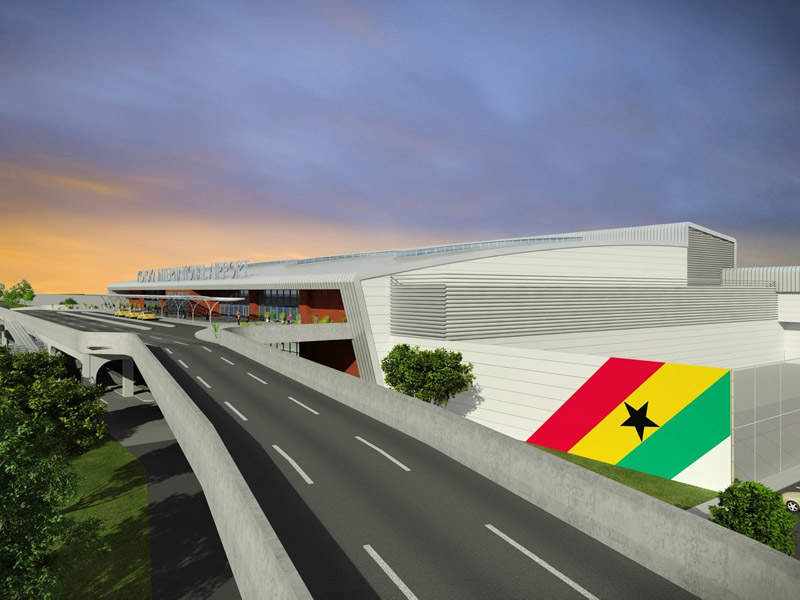The development of Terminal 3 at Kotoka International Airport (KIA), was initiated in October 2015 by the airport operator and manager, Ghana Airports Company (GACL).
The ground-breaking ceremony for the project took place in March 2016. The new terminal construction was completed in June 2018 and opened to traffic in September 2018.
The new terminal built at KIA was part of GACL’s capital investment strategy to renovate regional airports under its management.
The expansion programme at Accra airport generated 900 temporary jobs and 760 permanent jobs during the operations and maintenance phase.
Location
The airport spans 1,610 acres within Accra and is located approximately 10km from the city centre.
KIA expansion objectives
The expansion of KIA supports the country’s ambition to upgrade its vital infrastructure by modernising and transforming the Kotoka airport into a gateway for West Africa and as a regional aviation hub.
It also contributes to the country’s economy by facilitating market connectivity and reducing business costs.
KIA’s expansion also supports the Ghana Shared Growth and Development Agenda and emphasises the need for rehabilitating and expanding infrastructural facilities in the transport sector.
The project is also in line with the priorities identified in the National Airport System Plan 2014.
KIA Terminal 3 design details
The new international terminal building T3 at KIA is designed in accordance with the latest International Air Transport Association requirements based on the optimal service level.
Access to the terminal is provided through the new main road, constructed as a part of the project.
The main entrance provides easy access to the terminal, located in front of the main check-in area.
The check-in area reflects Ghanaian culture and ideals. The terminal is only a short walk away from a surface parking area.
KIA Terminal 3 details
The new terminal (T3) has modern airport terminal facilities with five floors spread across a total area of 48,268m2 and 28,260m2 of partially covered baggage make-up areas.
The terminal features six contact stands for Code E aircraft and two additional remote stands.
T3 terminal has the capacity to handle five million passengers a year and can process 1,250 passengers at peak times.
It has purpose-built transit facilities, a commercially important person terminal, a large retail and commercial area spanning 7,000m2, six boarding bridges, three business lounges, six fixed links and seven air bridges expandable to eight.
Parking spaces are available with the capacity to accommodate 707 cars.
The arrivals area at levels 1 and 2 has a meet and greet area, 24 immigration counters, four e-gate positions expandable to six, four 80m inclined carousels expandable to six and four baggage claim areas with a fully automated baggage handling system, capable of handling 3,000 bags in an hour.
The departures area at level 3 of the terminal features 56 check-in desks, 26 passport control counters, including four e-gate positions and eight central screening security lanes, an I-validate, 22 airline ticketing offices, a prescreening area, a large business lounge, six boarding gates and a bus boarding lounge.
The food court is located at the level 4 mezzanine floor while level 5 has two large business lounges.
Terminal 3 power details
The terminal is powered by four power-packed generator sets, equipped with Perkins engines.
Two units are powered by Perkins 61-litre 4016-61TRG3 engines, each providing up to 2500kVA of standby power, while the other two units use 46l Perkins 4012-46TWG2A engines, delivering 1600kVA each.
Terminal 3 project financing
In 2015, GACL secured $250m from a consortium of banks led by Ecobank Capital for the construction of T3.
The African Development Bank (AfDB) approved a $120m loan, marking its first private-sector investment in Ghana’s transport sector.
The remaining costs were covered by a combination of AfDB funds, corporate loans from development financial institutions, and commercial banks.
The total $400m investment programme includes renovations to the GACL-owned regional airports.
Contractors involved
Turkish construction company Mapa Construction MNG Holding was contracted for the Kotoka Airport T3 project design-and-build concept.
Arup, a design company, supported Mapa Construction by providing planning, architectural design and engineering services for the new terminal.
Micheletti, a civil engineering company, acted as the main civil works subcontractor for the construction of the T3 modern terminal at the Accra airport.
GACL entered a five-year agreement with SITA, an IT provider for the air transport industry, for the maintenance and operations of all key systems across the new terminal in October 2019.
The operator chose the Turkish brand Aksa to supply four power-packed generator sets, equipped with Perkins engines.
ADK Consortium, an engineering and consultancy services provider, carried out geotechnical investigations and topographical survey work for the new terminal building.
Joalku Concrete, a concrete solutions provider, supplied ready mixed concrete, a mix of cement, aggregates, sand, water, and admixtures for the project in line with European Standard EN 206.

